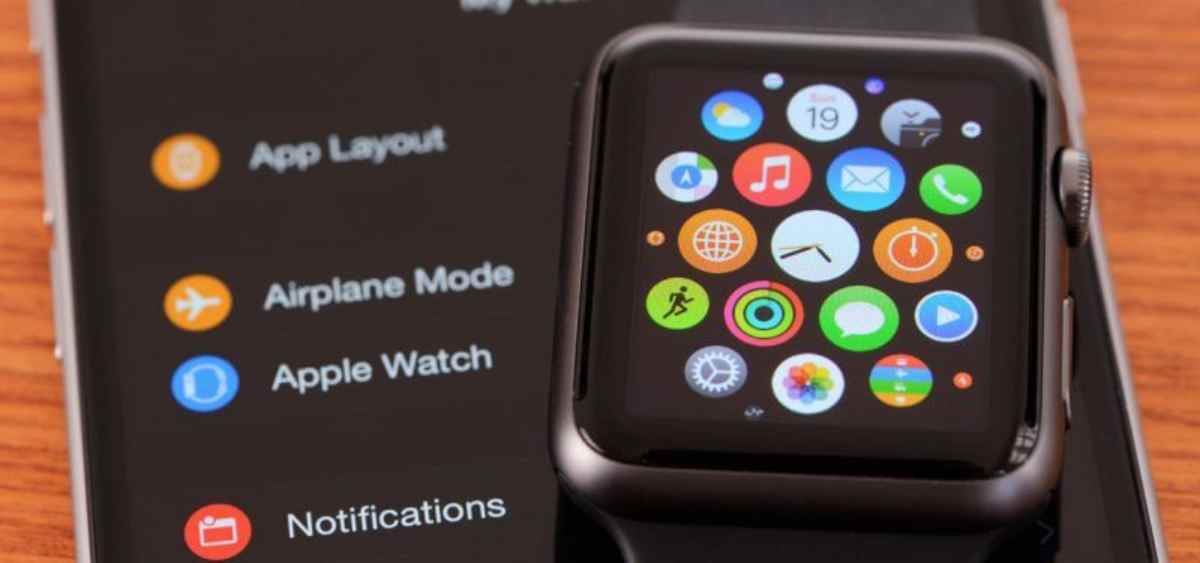Developing an IoT looks deceivingly simple but it requires mastery to create a unique user experience in a world where the digital realm is growing every day. To develop IOT app, you must first equip yourself with the knowledge of the procedure required to build one. The IoT industry is estimated to grow four times its current size by 2025. IoT app development includes creating an ecosystem that comprises web and mobile applications working seamlessly together. While developing IoT you must keep in mind the pre-preparation.
Table of Contents
1. From the Scratch?
The first decision that you need to make is to figure out whether you want to build your platform from the very foundation or use different ready-made platforms like SaaS. Several already made platforms are available in the market that provides complete cloud infrastructure. If you decide to build the app from scratch, do not forget the trade-offs and whether your product can operate well within the technological boundaries.
2. Secure Your IoT App:
As described earlier, developing an IoT app is like making an ecosystem on various interconnected web and mobile applications. Hence, the security must be multi-layered considering all the aspects of the system. Some security aspects that you should have a detailed planning about are as follows:
• Data encryption
• User authentication
• Access right management
• Security measures
3. Develop and Test the App:
Once you have decided on the platform and reviewed all the security options, it is time to create the IoT app by following the necessary steps that include:
• Design and develop a prototype
• Verify the prototype by the customers
• Translate your design into code by using the appropriate tools
• Test the application
While designing the app you will have to consider a few things that might not seem as important but play an essential role in the user experience.
• UX/UI
• Third-party involvement while designing codes
• FAQ section
4. Deploy:
After developing the product and its testing, necessary updates and changes should be made until it is satisfactory to your business value and the customer experience. After this, it is time to launch your IoT app in the market. You will have to transfer the web apps to a live server, and mobile apps will be uploaded on google play for android and AppStore for ios and other online stores. While launching an IoT app to the public, make sure you have DevOps practices and tools set up. It helps in shipping the new versions of the app a lot quicker without interruptions from automation.
5. Maintenance:
Once the app s launched, the work shifts towards making it better and maintaining the quality. Someone on the team must keep a sharp eye on the customer feedback and customer behavior to see if there are any corners that need more attention. Secondly, after the app is launched and the customer response is analyzed, the new updates and how you want to take it forward should be planned. The marketing strategy also takes up a lot of attention and time. So once the app is launched, the efforts are directed into other channels but it does not end there. It is only the beginning!


